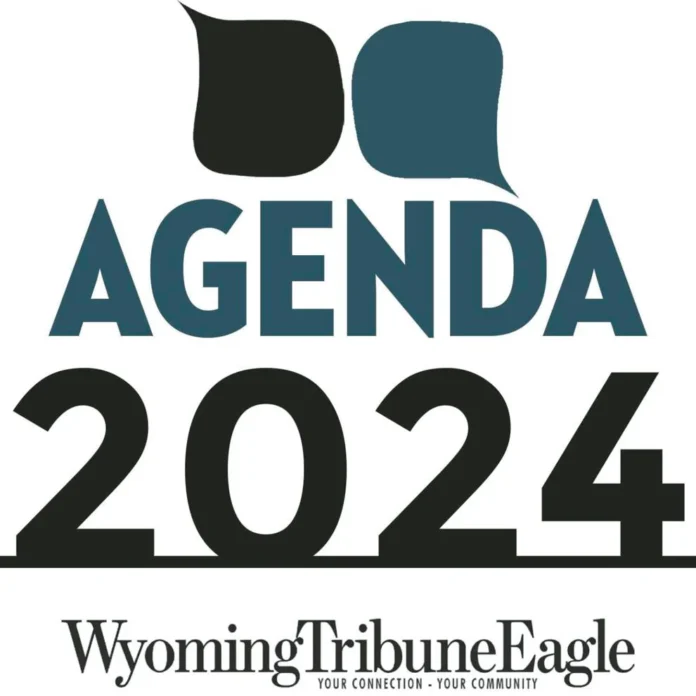In the current climate of K-12 education in the United States, disagreements abound—ranging from the materials in school libraries to the funding models for public schools. Yet, despite these differences, one common goal unites all involved in education: the desire for children to thrive in school and succeed in life.
The Need for Collaboration
It’s disheartening to see a growing divide between teachers and parents, especially at a time when collaboration is more crucial than ever. In the past, parents placed their trust in teachers to provide quality education, confident that their children would receive the necessary support to thrive. Today, however, many parents express concerns that the educational system may not align with their values, leading to mistrust and finger-pointing when children struggle academically or behaviorally.
To counteract this tension, we must pause, take a deep breath, and look beyond our assumptions. Most teachers are dedicated professionals committed to their students’ success. They work tirelessly under challenging conditions, often facing administrative burdens that complicate their roles. Instead of blaming the system, parents should engage with teachers to understand their challenges and discover ways to support them.
Addressing Recruitment and Retention Challenges
A panel discussion among key education stakeholders recently highlighted the issues of teacher satisfaction and the alarming rates of recruitment and retention in K-12 education. Factors contributing to teacher burnout include:
- COVID-19 repercussions: The pandemic significantly altered classroom dynamics and increased workload.
- Classroom sizes: Many teachers are tasked with large classrooms, limiting individual attention for students.
- Behavioral issues: Teachers are increasingly encountering behavioral challenges, further complicating the learning environment.
- Political rhetoric: Negative portrayals of educators can create a toxic atmosphere that exacerbates stress.
To retain quality teachers and attract new talent, a cultural shift is essential. We must recognize that while some teachers may hold differing political views, the majority are committed to the well-being of their students, striving to create supportive and inclusive classrooms.
Enhancing Parental Involvement
The term “parental empowerment” encapsulates the need for transparent communication between parents and educators. The Wyoming Department of Education has taken steps to promote this transparency by creating a dedicated “District Curriculum” section on its website, enabling parents to access teaching resources and understand their children’s educational journeys.
This approach fosters constructive dinner-table conversations, allowing parents to engage meaningfully with their children about school. Enhanced parental involvement has been linked to better student retention and improved academic performance. Thus, it is crucial for parents and educators to form a positive, supportive relationship, focusing on common goals rather than allowing political or ideological divides to impede collaboration.
Funding and Accountability Issues
Funding for K-12 education remains a contentious issue in Wyoming, with recent budgets reflecting significant increases—$2.4 billion for the 2025-26 biennium. However, ongoing lawsuits question whether these funds adequately meet the needs of the state’s 48 districts.
Legislative measures, such as education savings accounts, have sparked debate about the direction of funding and whether it should support public, charter, or private education. Accountability remains a vital concern, with the expectation that public funding should be linked to standardized testing. Nevertheless, questions persist regarding the efficacy of current testing methods and their ability to accurately assess student competence.
The Path Forward
While many issues in K-12 education are complex, the need for open dialogue and collaboration among all stakeholders—teachers, parents, administrators, and policymakers—is clear. Engaging in meaningful conversations can yield solutions that benefit students, teachers, and the broader community.
Together, we can overcome the divisions and challenges facing education today, fostering a supportive environment where all children can succeed now and in the future.











